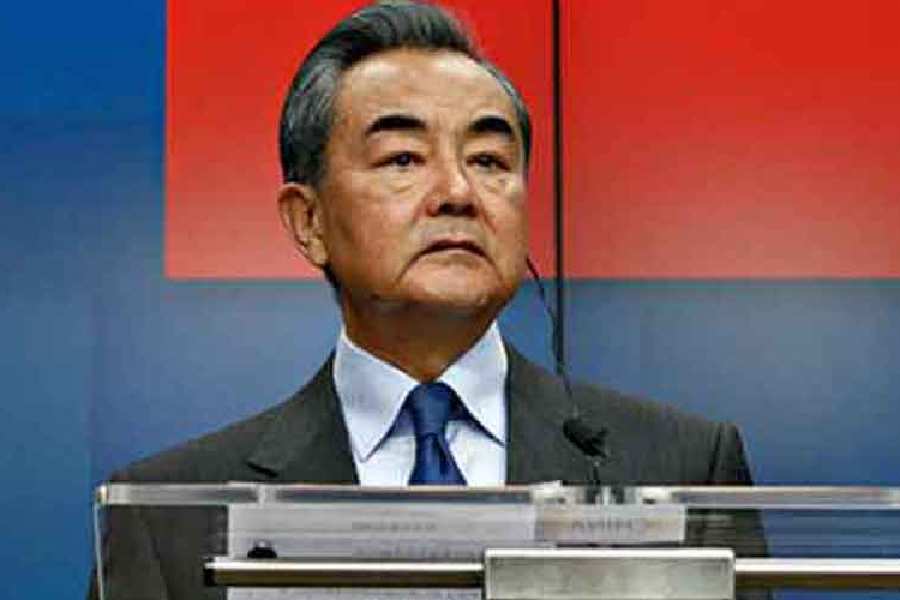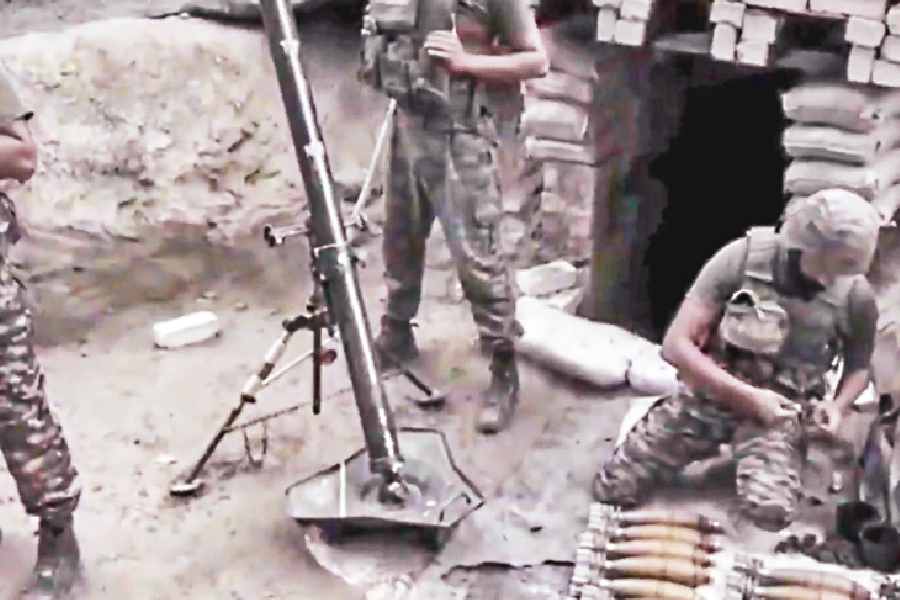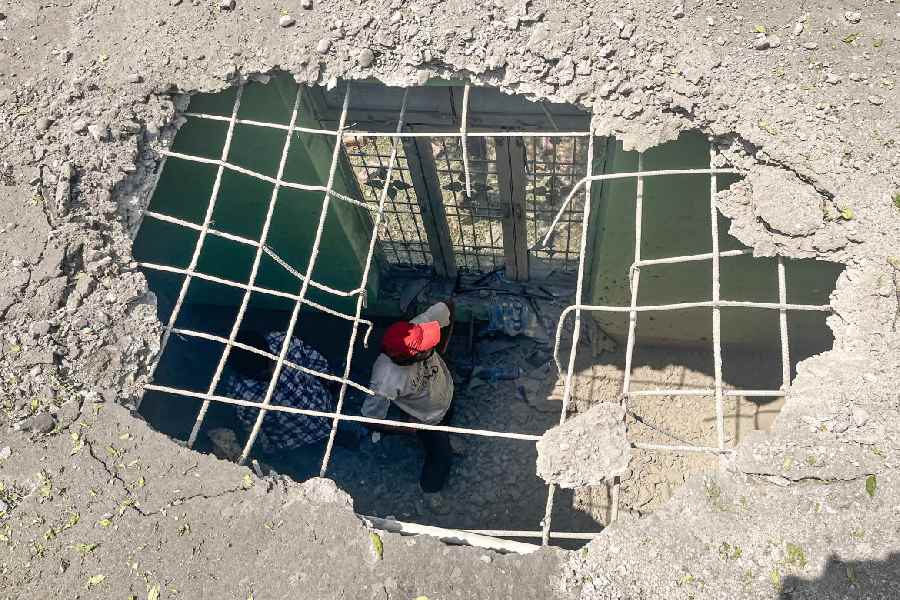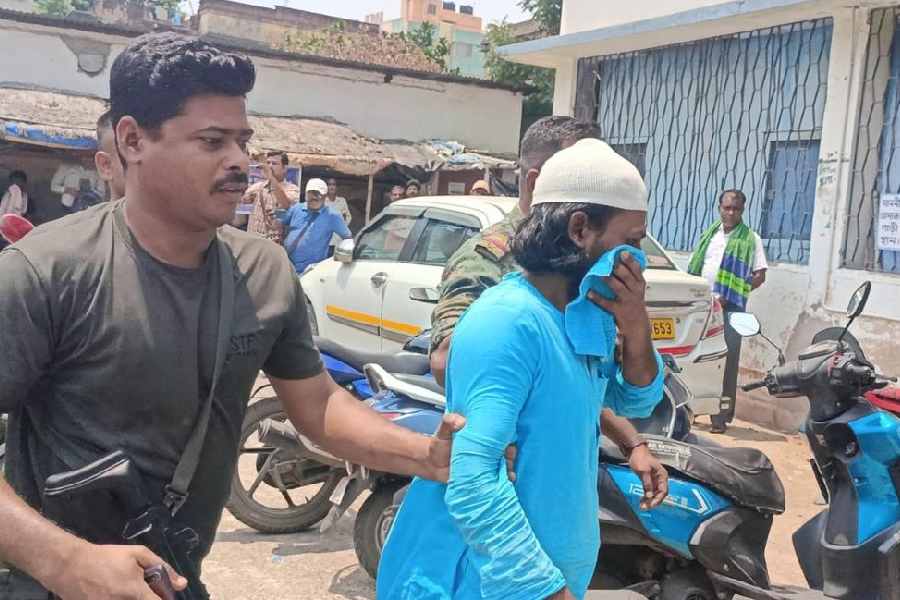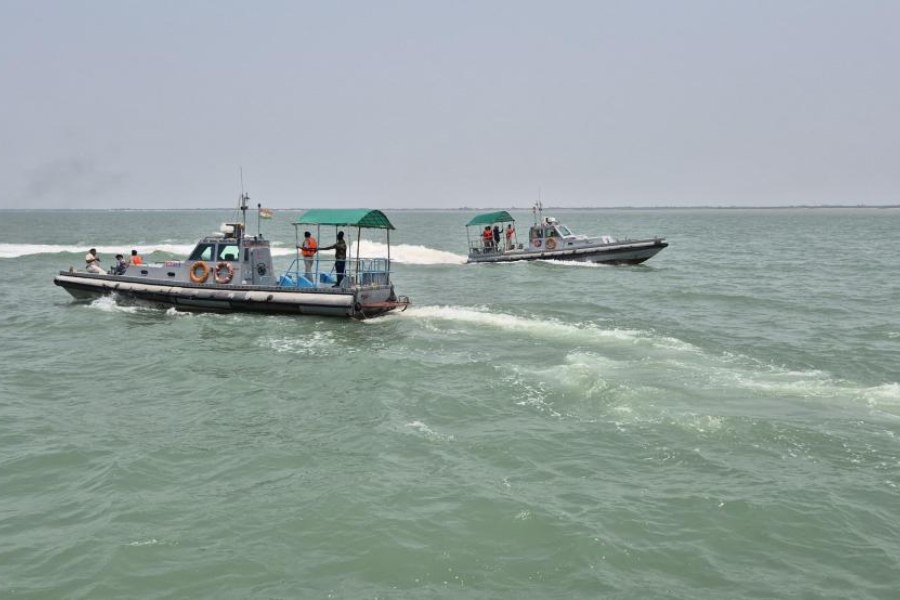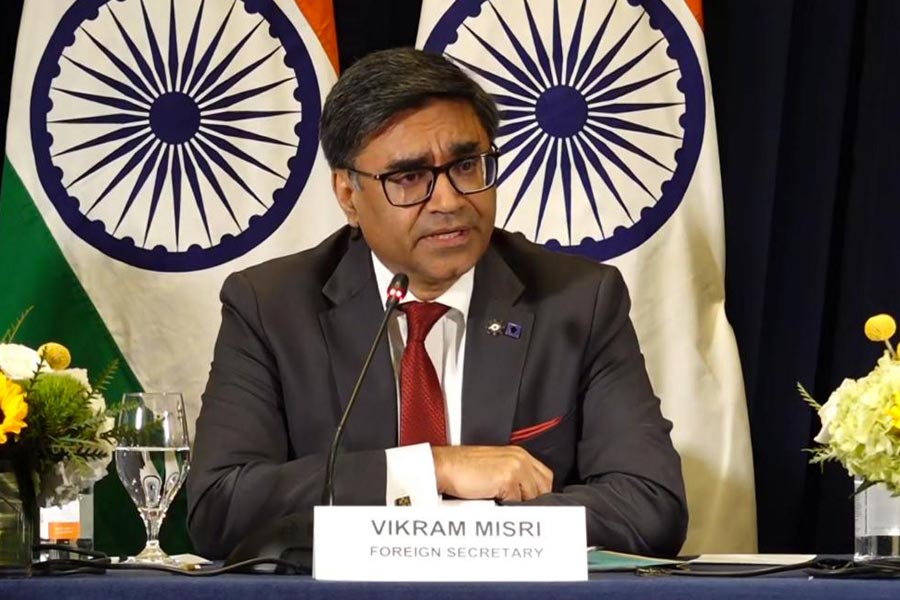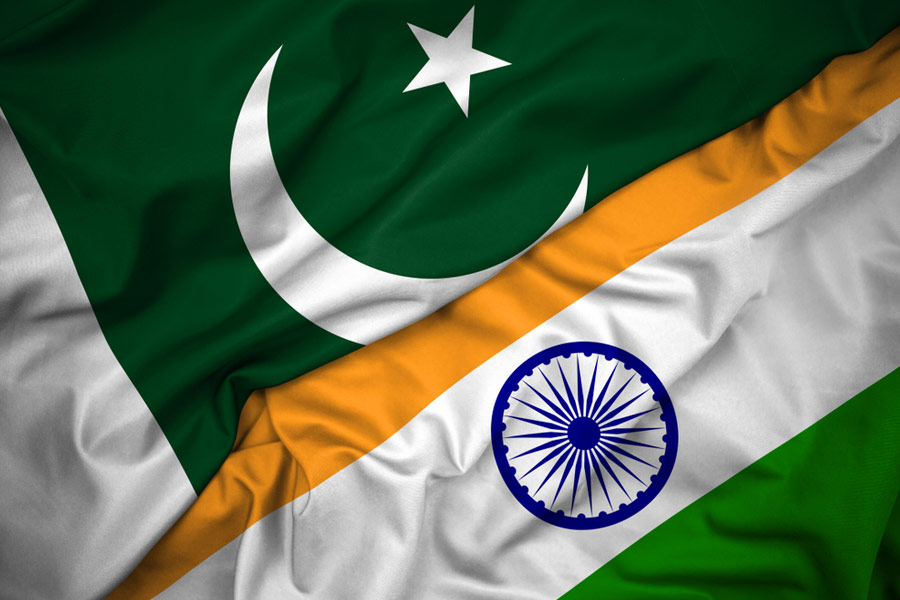
April 13: The East-West Metro has hit the Hooghly trail but the tunnel-boring machine won't be testing the waters until a ceremony on Friday morning to wish it bon voyage for the short but gruelling journey to Calcutta.
As the project enters what is technically its most crucial leg, Metro charts its progress so far, highlights the hurdles it has overcome along the way and flags those that remain to be surmounted.
The project
The proposed Metro route from Salt Lake's Sector V till Howrah Maidan via the Hooghly spans 16.55km. The original distance was 14.67km, but almost two kilometres were added to the route because of a realignment. There is also a 5km extension from Central Park till Haldiram's, on VIP Road.
The route comprises 5.74km of elevated tracks built on a viaduct and 10.81km of underground and river tunnels. Of the 12 stations, six would be underground.
The estimated cost of the project at the time of commissioning was Rs 4,874 crore, which had to be almost doubled to Rs 8,996 crore because of delays caused by land and legal tangles.
Land logjam
Unavailability of land along various stretches delayed the project by more than four years, leading to multiple deadlines being missed. The state government had been initially reluctant to remove encroachments, but a change of heart has helped the project jump most of these hurdles.
At Duttabad in Salt Lake, a 365-metre viaduct could not be built for four years because 80 families had refused to shift and construction company Gammon withdrew from the project. In June 2014, contractor Afcons moved Calcutta High Court to highlight how it was incurring losses because of land not being made available.
The petition led Justice Dipankar Datta to say: "I want all parties to talk among themselves and solve the problem. If they fight against each other, what will happen to Calcutta?"
The state government eased its stand on being a passive observer soon after. In May 2015, the state's intervention led the settlers holding up the project in Duttabad to shift to shelters nearby under a rehabilitation scheme. A new contract was subsequently issued and construction of that portion of the viaduct is now nearly complete.
Realignment
The state government had opposed the original alignment, leading to a standoff that required the high court's intervention. Phase II of the project between Sealdah and Howrah Maidan was delayed by 500-odd settlers and shop owners who refused to shift from near Central station in Bowbazar. On Brabourne Road, police refused permission to partially block the thoroughfare for construction, leading to a stalemate. Afcons could not start boring tunnels from Howrah to Calcutta until the realignment proposed by the state government - through Esplanade and Subodh Mullick Square - was accepted by the railways and Japan International Cooperation Agency (Jica), which is part funding the project, in August 2015.
Rake manufacture
Spanish rake manufacturer Construcciones y Auxiliar de Ferrocarriles withdrew from the project in 2014, citing cost escalation caused by delayed implementation. The uncertainty over who would manufacture rakes for the East-West metro ended when Bangalore-based public sector unit BEML was contracted for the job. The company will make 14 rakes, each with six coaches.
Esplanade station
The army, which is the custodian of the Maidan area, had withheld permission to build this station for a long time. Preliminary work started recently after the defence ministry gave its nod "in principle". It will take about three years to build the station.
Remaining hurdles
Mahakaran station awaits the Archaeological Survey of India's permission for a tunnel within 100m of three heritage buildings in the BBD Bag area. Cost escalation is another problem. The railways and Jica have yet to formally sanction the revised cost.


